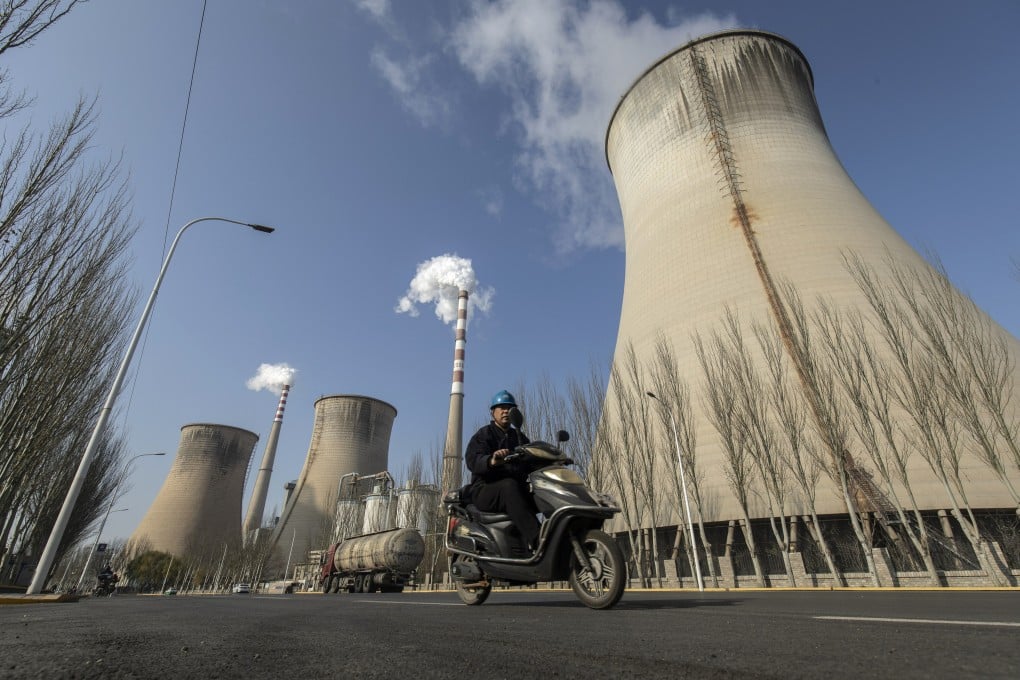China sees rebound in carbon dioxide emissions, but increase not a shift towards coal: report
- Rise in power generation from thermal power plants is an ‘automatic short-term response’ to a drop in non-fossil power generation: Crea analyst
- China’s carbon emissions grew 10 per cent year on year in the second quarter of 2023, report says

China’s carbon dioxide emissions are seeing a rebound this year, as transport services are resumed and power demand rises due to heatwaves.
China’s carbon emissions grew 10 per cent year on year in the second quarter of 2023, exceeding even the previous record levels seen in 2021 by 1 per cent, according to an analysis published by Helsinki-based research organisation Centre for Research on Energy and Clean Air (Crea).
“The increase is due to two factors: a comparison to the steep drop in the second quarter of 2022 caused by Covid-19 lockdowns in Shanghai and across the country, and the ongoing plunge in hydropower generation caused by droughts,” CREA’s lead analyst Lauri Myllyvirta and China analyst Qi Qin said in a report published on Thursday.
China, the world’s largest carbon dioxide emitter, has pledged to peak its greenhouse gases emissions by the end of this decade and reach net-zero emissions by 2060, to help tackle climate change.